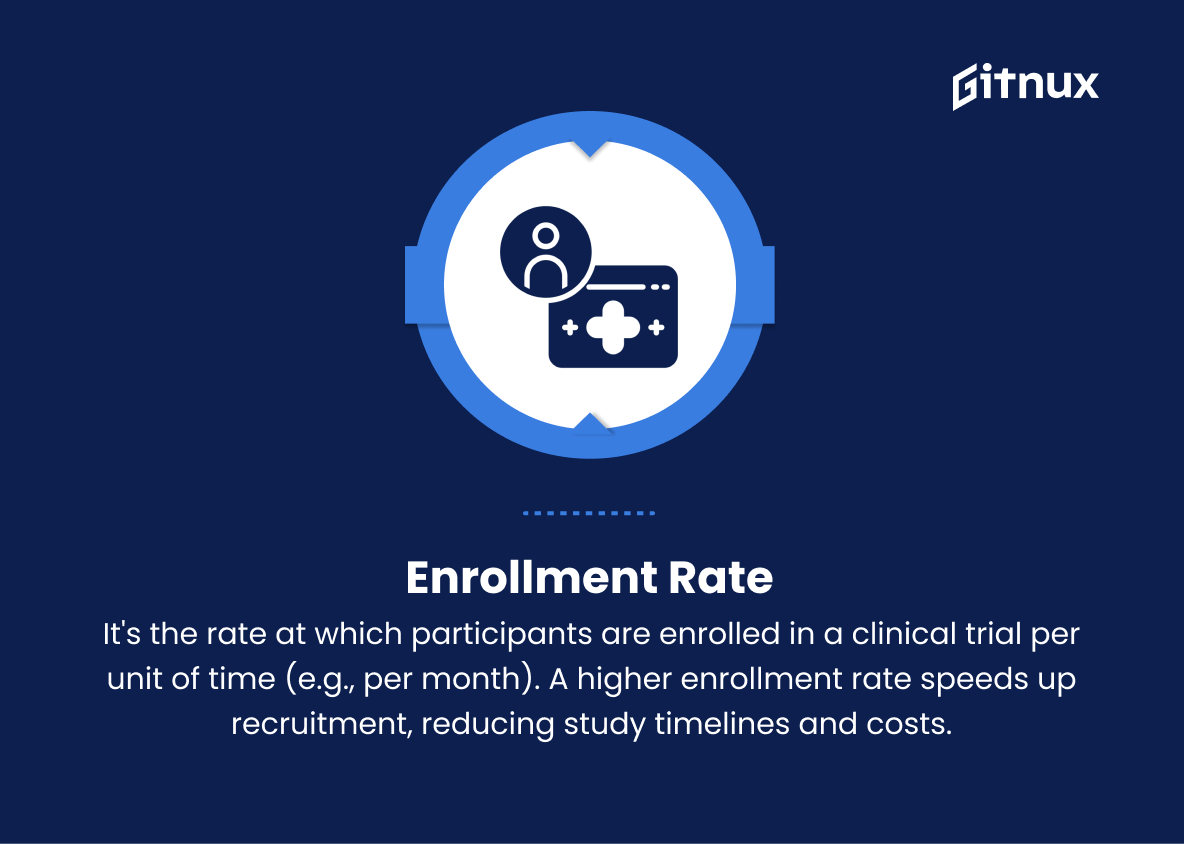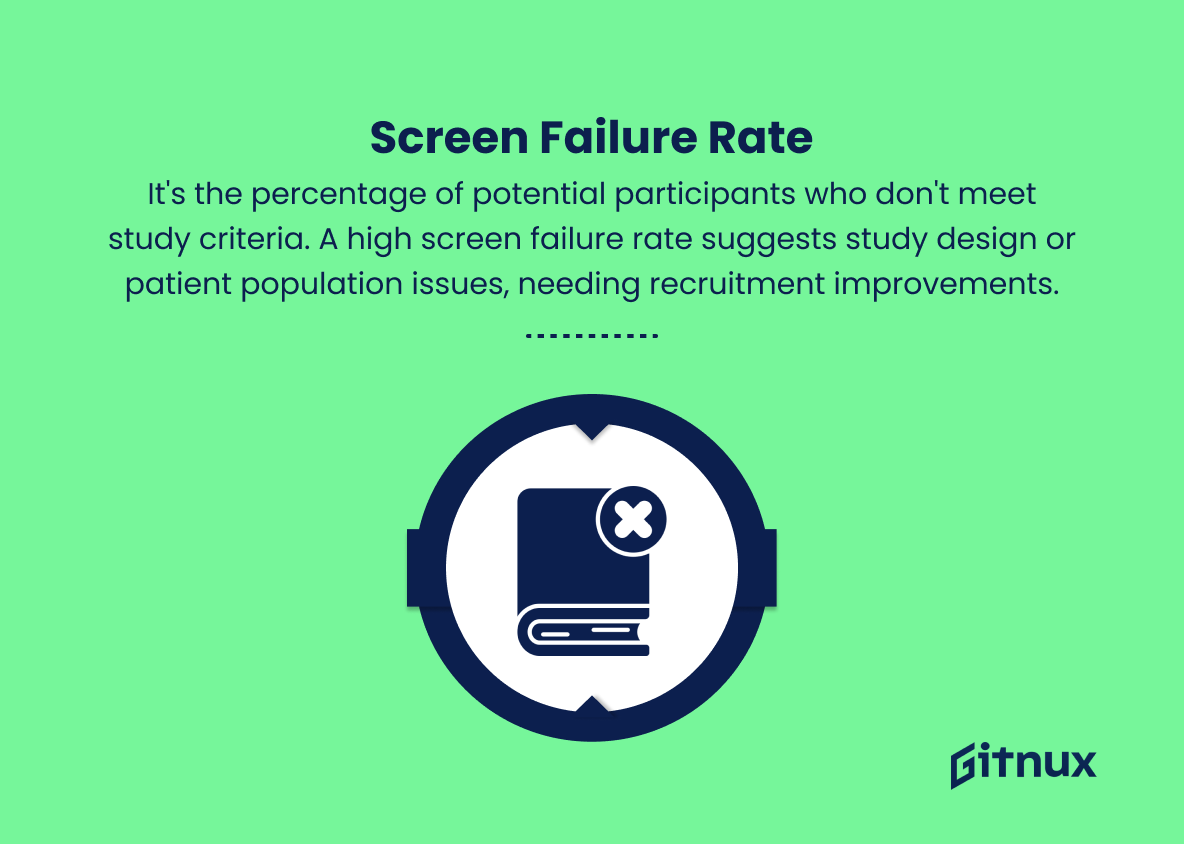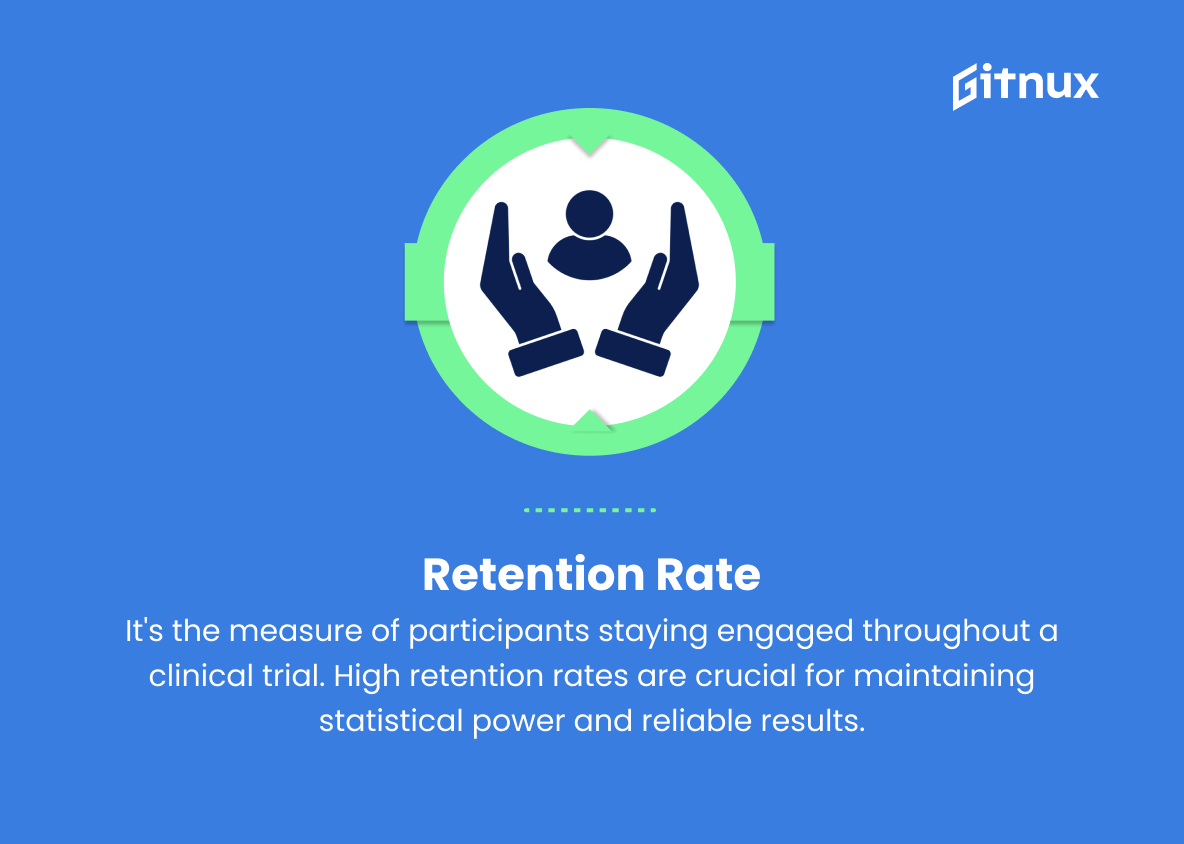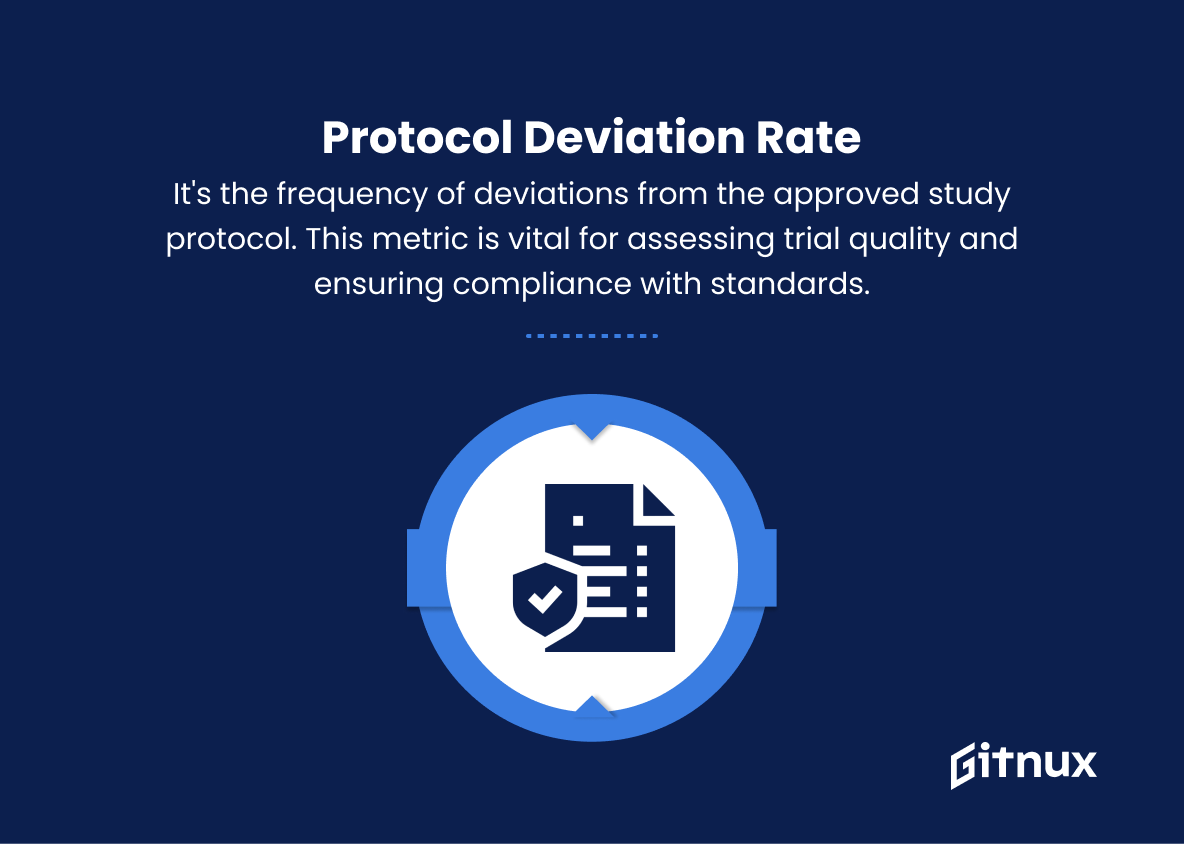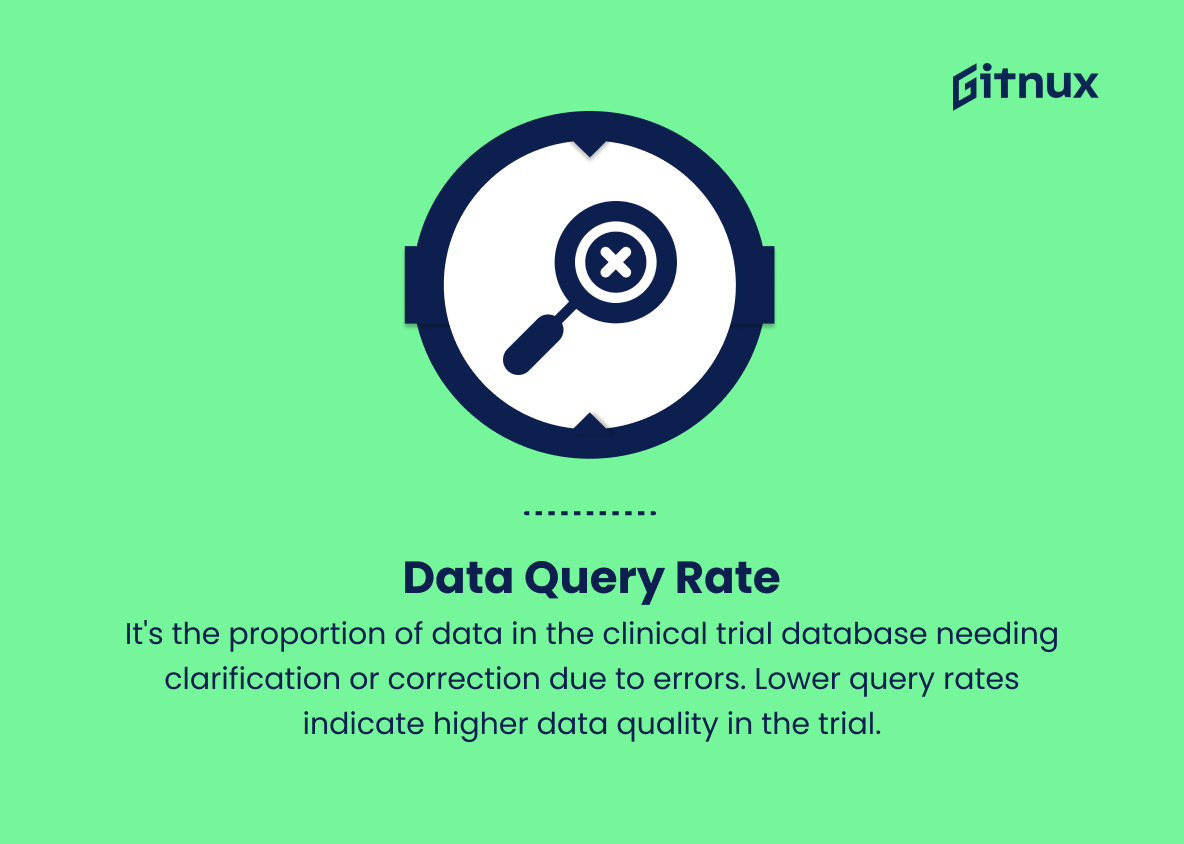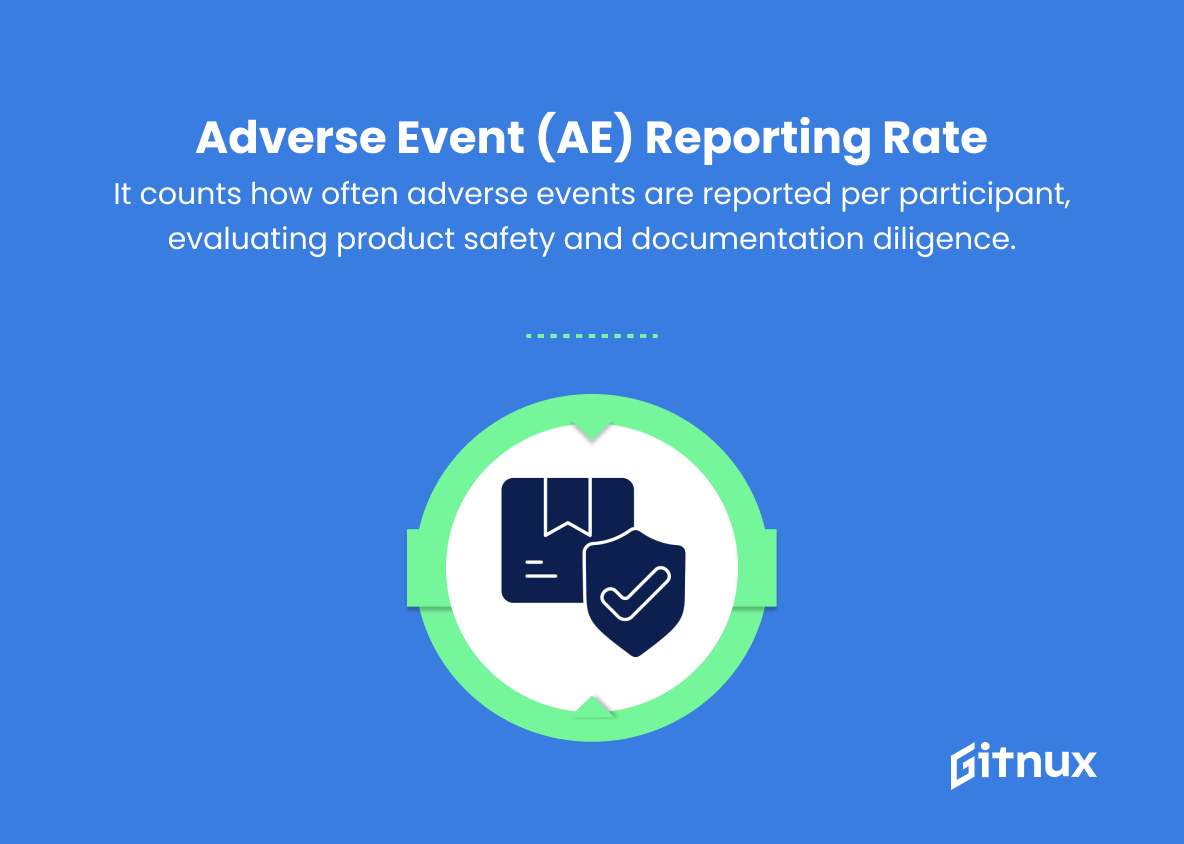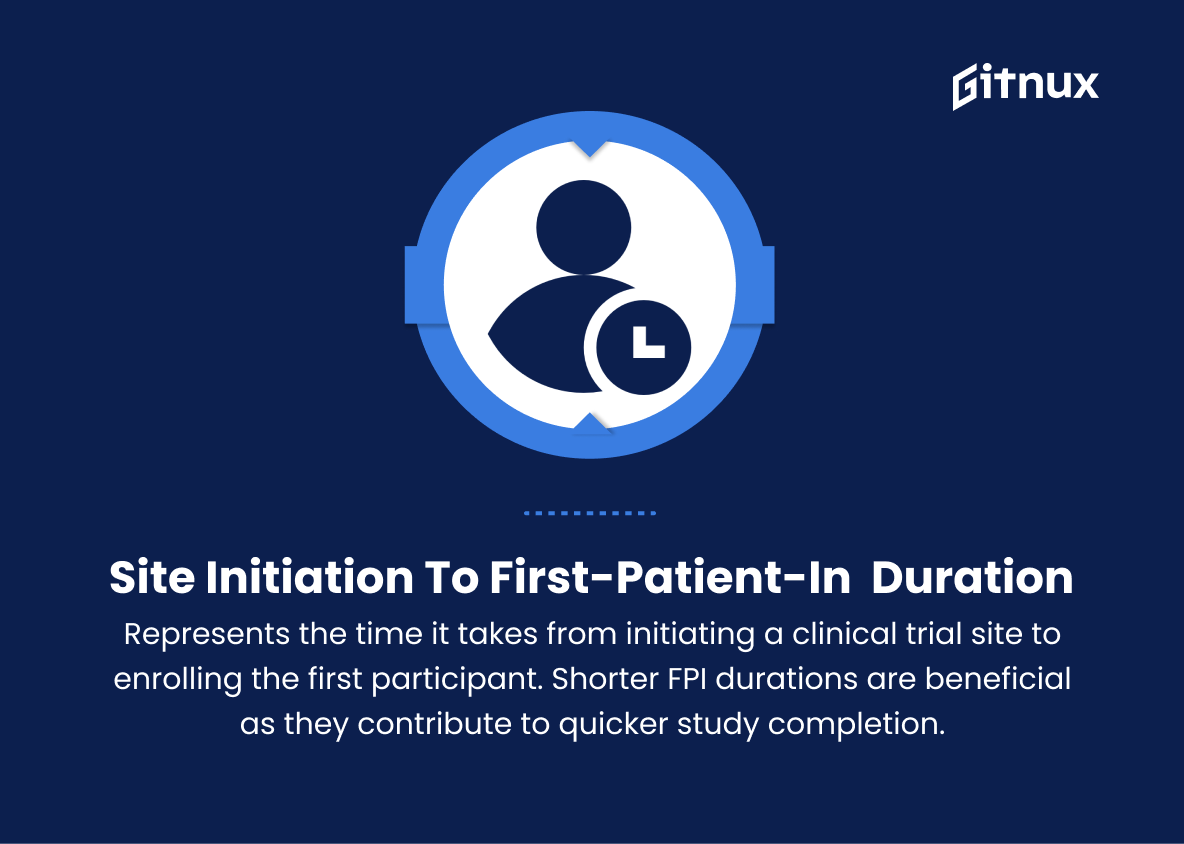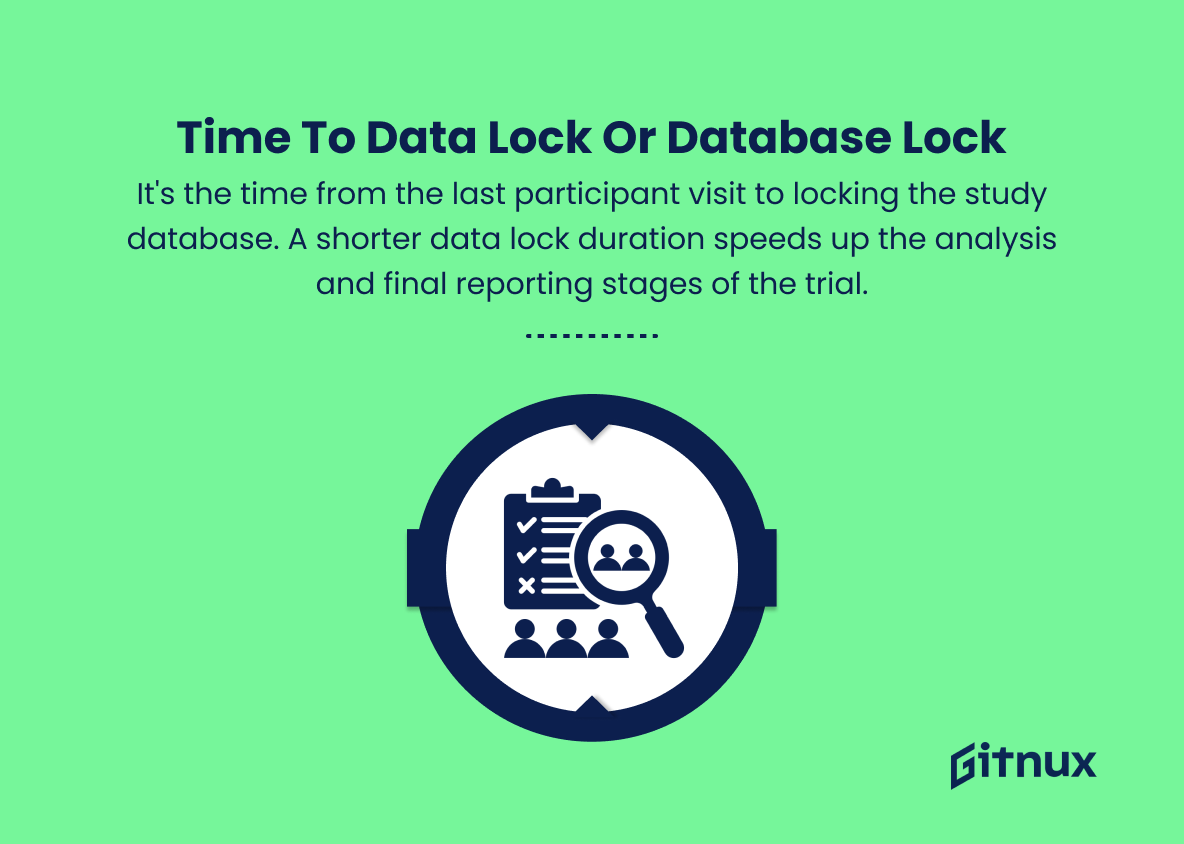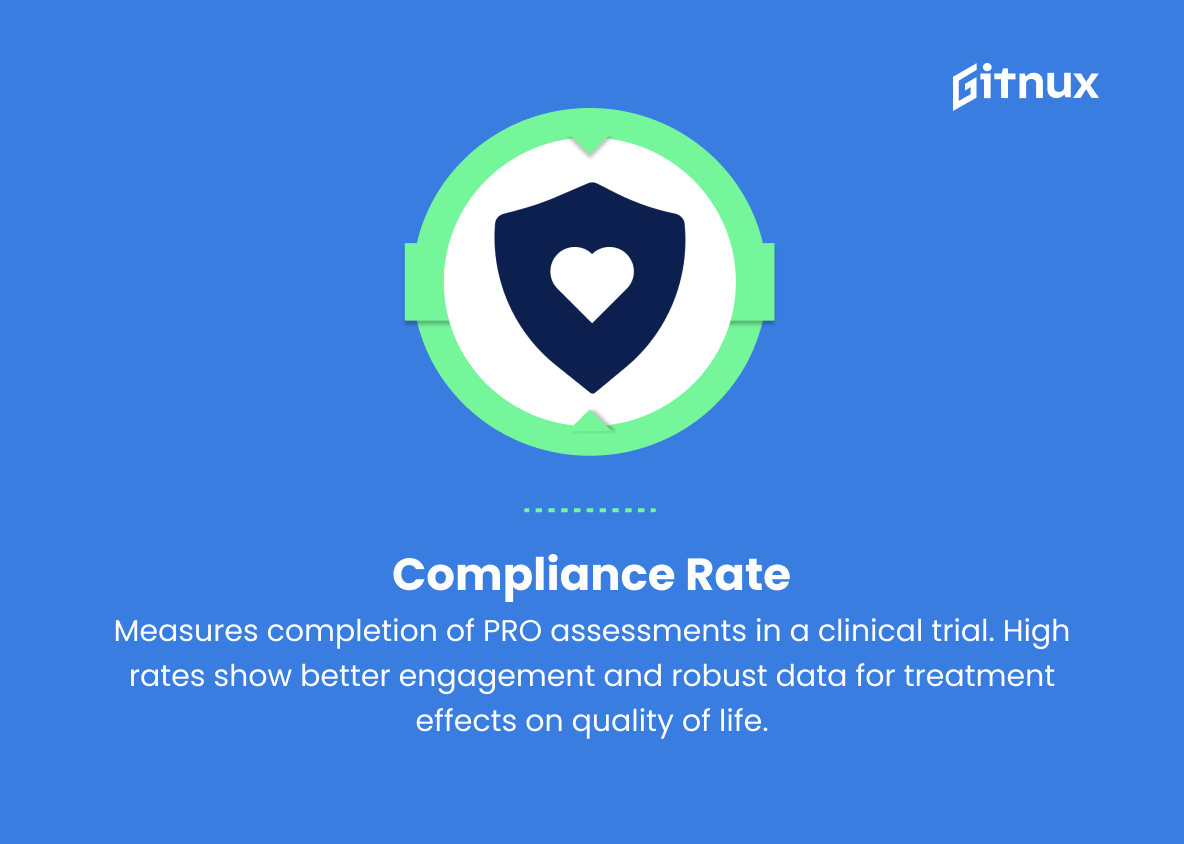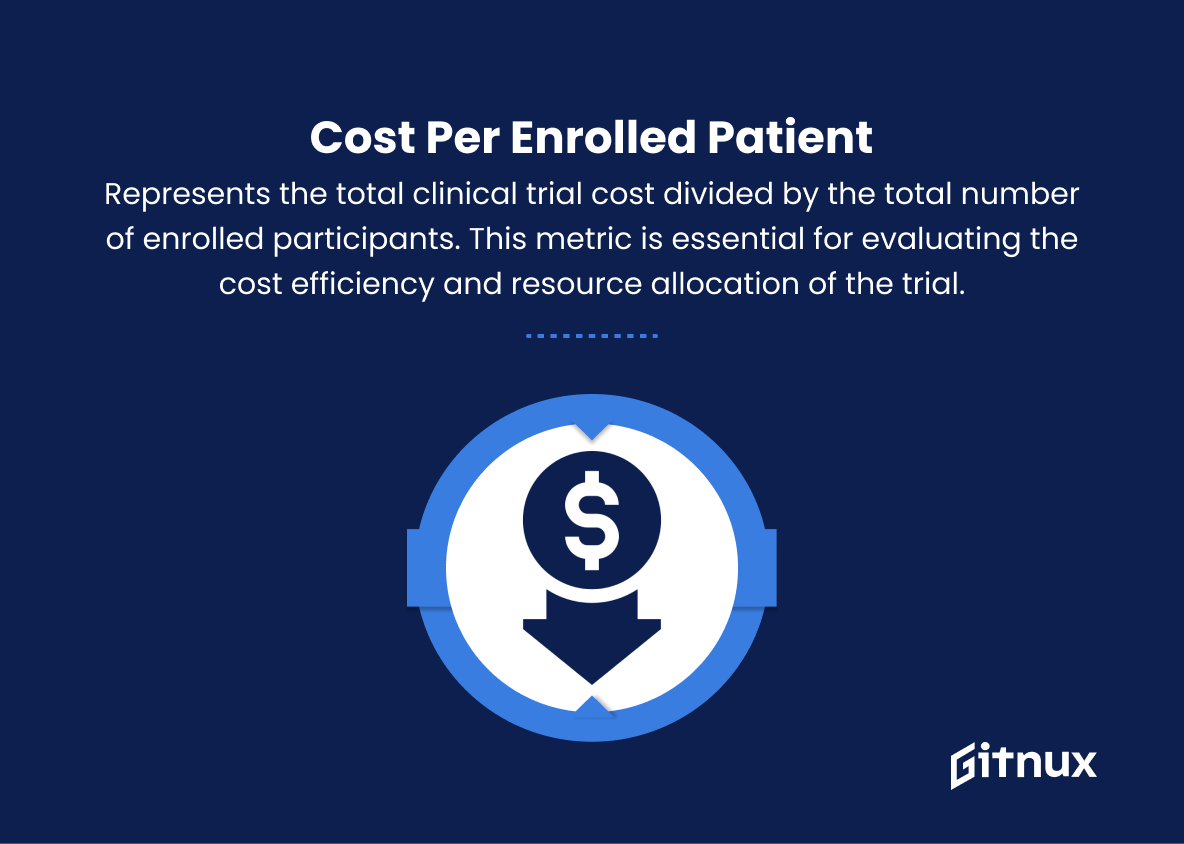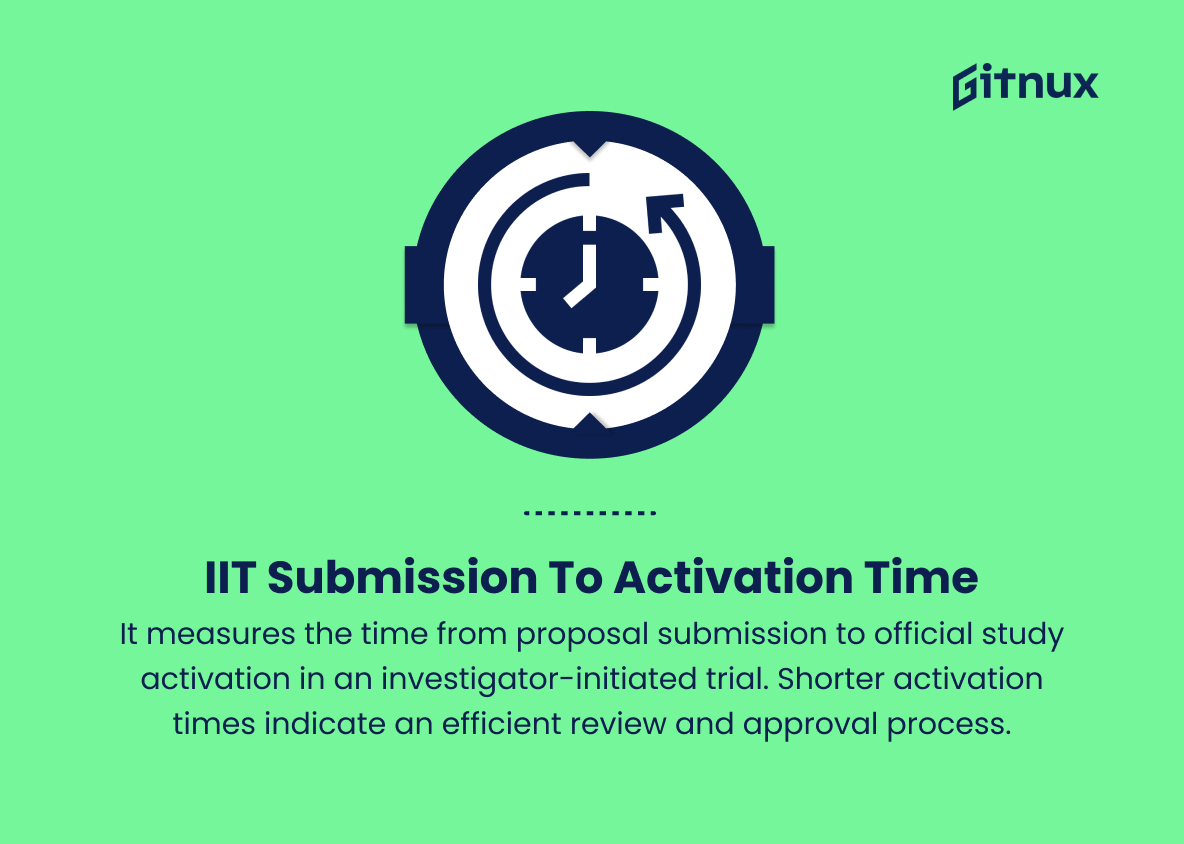In the rapidly evolving landscape of clinical research and development, conducting efficient and effective clinical trials is paramount to bringing innovative therapies and treatments to those in need. However, assessing the success of these clinical trials often goes beyond mere approval from regulatory authorities. A nuanced understanding of Clinical Trial Performance Metrics (CTPM) is essential in order to optimize trial design, execution, and evaluation.
In this insightful blog post, we will delve deep into the significance of these key performance indicators, shed light on their multifaceted nature, and explore how they can be harnessed to drive informed decision-making and strategic planning for a more robust and streamlined clinical trial process.
Clinical Trial Performance Metrics You Should Know
1. Enrollment rate
Represents the number of participants enrolled in the clinical trial per unit time (e.g., month). A higher enrollment rate means faster recruitment, which can help to reduce study timelines and related costs.
2. Screen failure rate
Represents the percentage of potential participants who do not meet the study inclusion or exclusion criteria. A high screen failure rate may indicate issues with the study design or patient population, requiring modifications to improve recruitment.
3. Retention rate
Measures the proportion of participants who remain engaged and active in a clinical trial for its entire duration. High retention rates are essential for ensuring the study maintains statistical power and produces reliable results.
4. Protocol deviation rate
Refers to the frequency of instances where the study procedures or interventions do not align with the approved protocol. This metric is essential for evaluating the quality of a trial and ensuring compliance with required standards.
5. Data query rate
Represents the proportion of data points in the clinical trial database that require clarification, modification, or validation due to inconsistencies or errors. Lower data query rates indicate higher data quality in the trial.
6. Adverse event (AE) reporting rate
Measures the frequency of reported adverse events per participant. This metric helps assess the safety profile of an investigational product as well as the vigilance of the research team in documenting potential safety issues.
7. Site initiation to first-patient-in (FPI) duration
Represents the time it takes from initiating a clinical trial site to enrolling the first participant. Shorter FPI durations are beneficial as they contribute to quicker study completion.
8. Time to data lock or database lock
The period it takes from the completion of the last participant visit to locking the study database for analysis. A short data lock duration ensures a faster movement to the analysis and final reporting stages of the trial.
9. Patient-reported outcome (PRO) compliance rate:
Measures the proportion of completed PRO assessments out of the total expected for a clinical trial. High compliance rates indicate better participant engagement and more robust data for assessing treatment effects on patient’s quality of life and overall well-being.
10. Cost per enrolled patient
Represents the total clinical trial cost divided by the total number of enrolled participants. This metric is essential for evaluating the cost efficiency and resource allocation of the trial.
11. Investigator-initiated trial (IIT) submission to activation duration
Measures the time it takes to progress from submitting an investigator-initiated trial proposal until the study is officially considered active. Shorter activation times signify an efficient trial review and approval process.
These are just a few examples of clinical trial performance metrics; there are many more that can be tracked and analyzed based on the specific objectives and requirements of each clinical study.
Clinical Trial Performance Metrics Explained
Clinical trial performance metrics are crucial in evaluating the efficiency, quality, and overall success of clinical trials. These metrics include the enrollment rate, which is crucial for understanding recruitment speed and resource allocation; the screen failure rate, which indicates potential issues with study design and eligibility criteria; retention rate, which ensures the study maintains the necessary statistical power and reliability; protocol deviation rate, which helps evaluate compliance and trial quality; and data query rate, which speaks to the quality of data in the trial. Additionally, metrics such as AE reporting rate, site initiation to FPI duration, time to data lock, PRO compliance rate, and cost per enrolled patient all provide essential insights into safety profiles, patient engagement, cost efficiency, and trial progress.
Finally, the IIT submission to activation duration helps gauge the effectiveness of the trial review and approval process. The comprehensive analysis of these metrics allows for targeted improvements and better decision-making throughout clinical trials, ultimately contributing to the development and approval of safe and effective medical treatments.
Conclusion
In summary, clinical trial performance metrics play a crucial role in improving the efficiency, quality, and outcomes of clinical trials. By employing comprehensive and meaningful metrics, stakeholders can effectively monitor, analyze, and refine trial processes, reduce risks, and optimize resource utilization.
Investing in the development and implementation of these performance indicators is essential for the ongoing advancement of clinical research and, ultimately, in bringing innovative and life-saving treatments to patients worldwide. Through continuous improvement and adaptation of these metrics, the clinical trial community can work together to streamline research processes and help shape a more effective and sustainable future for healthcare.
